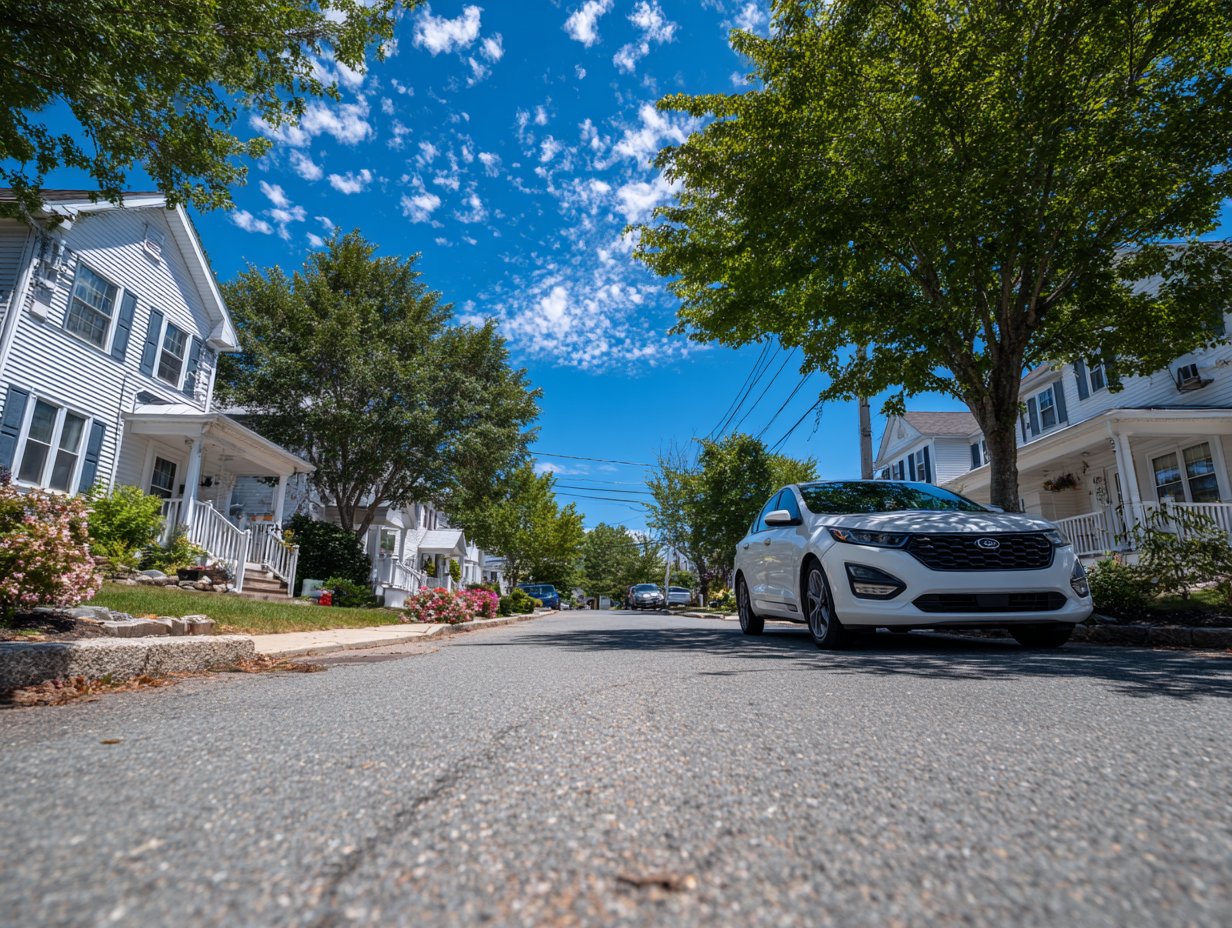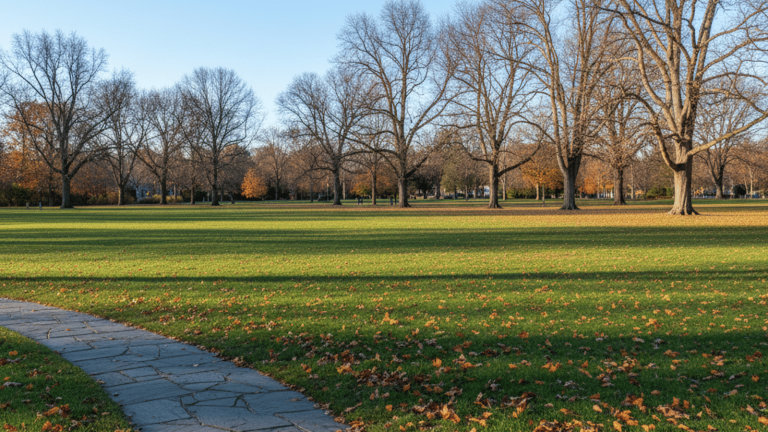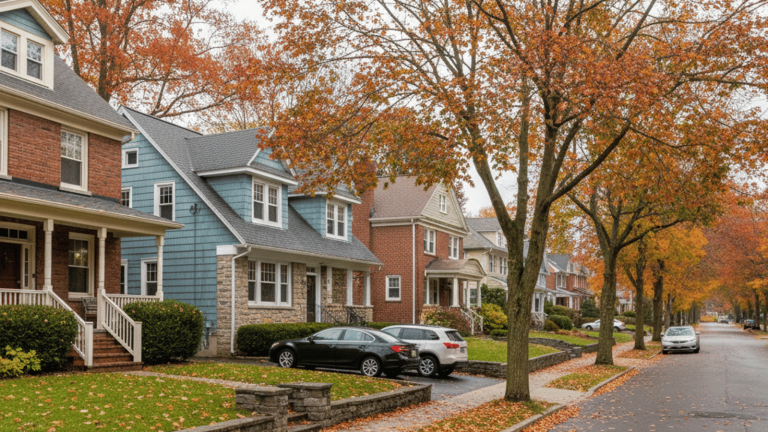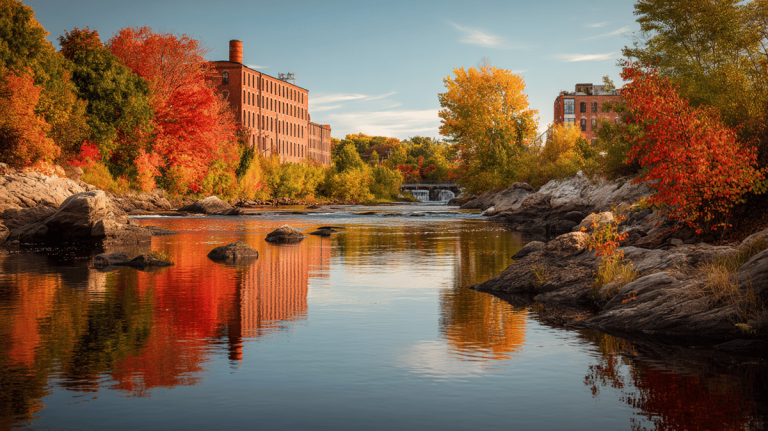Finding a house in Manchester, New Hampshire, means weighing the perks of city life against the peace of mind that comes with a safe block. This guide lays out the numbers and neighborhood details so you can move with confidence.
Crime Rates in Manchester
As the state’s largest city, Manchester posts higher crime figures than New Hampshire’s smaller towns, yet its totals sit close to the national urban average.
Neighborhood choice is the factor that shifts day-to-day safety for residents.
Source: FBI Uniform Crime Reporting (UCR) Program, 2022.
Understanding Violent Crime in Manchester
Manchester’s violent-crime rate tracks with similar-size U.S. cities and concentrates around nightlife and some commercial corridors. The homicide rate, 4 per 100,000 residents, sits below the national mark, and most residential pockets experience little violent activity.
It’s important for homebuyers to know that these incidents are not spread evenly across the city; they are often concentrated in specific commercial areas or related to nightlife.
Property Crime in Manchester
Most of Manchester’s property-crime reports fall into three buckets: larceny (think package theft or items taken from unlocked cars), burglary, and motor-vehicle theft.
Larceny makes up the largest share, mirroring national trends and pushing the city’s property-crime rate above the U.S. average. Burglary incidents are far less common, and when they do occur they tend to concentrate near commercial corridors or rental-heavy blocks. Local police notes show that simple steps—locking cars, adding motion lighting, installing doorbell cameras, and trimming shrubs around entry points—cut a home’s risk dramatically.
Buyers who pair those measures with a street that already shows a clean multi-year crime history can expect day-to-day safety that feels closer to suburban norms.
Safest Neighborhoods in Manchester
North End
Bounded roughly by Webster Street and Salmon Street, this area’s mix of early-20th-century Colonials and newer custom homes sits on quiet, maple-shaded avenues. Active neighborhood associations, quick MPD response times, and consistent owner occupancy keep crime stats among the city’s lowest.
Goffe’s Falls
South of the Merrimack River, cul-de-sacs and mid-century ranches define this pocket. Limited thru-traffic, well-rated elementary schools, and an engaged PTA translate to minimal police calls and strong resale demand.
Rimmon Heights
On the West Side ridge, Victorian architecture meets ongoing revitalization projects. Community clean-ups and a hyper-local business group have helped crime rates trend downward for several years, making it a solid bet for buyers seeking character plus stability.
Straw/Smyth
Centered around Smyth Road, this walkable district benefits from proximity to Elliot Hospital and highly regarded schools. Block parties and a well-run neighborhood watch foster tight social ties, which correlates with consistently low incident counts.
Most Unsafe Areas in Manchester
Downtown Manchester
Elm Street’s restaurants, bars, and venues draw large crowds; with that foot traffic comes higher rates of theft and simple assaults. Many buyers opt for side-street condos or mill-building lofts just outside the core, gaining walkability while avoiding most late-night activity.
Corey Square
Crime stats vary block to block. Streets with newer streetlights, organized watch groups, and owner-occupied duplexes post markedly fewer incidents than sections dominated by older multifamily rentals. When touring here, verify recent crime-map data, check lighting after dark, and budget for basic security upgrades such as smart locks and motion cameras.
Proactive Safety: Protecting Your Home and Investment
- Install security cameras: A visible doorbell or driveway camera is the single most effective deterrent for Manchester’s most common problem—package theft and opportunistic break-ins.
- Lock vehicles every time: MPD data shows that the bulk of reported vehicle thefts and smash-and-grabs involve unlocked doors.
- Reinforce doors and locks: Upgrading to a solid-core exterior door, a 3-inch strike plate, and smart deadbolts costs a few hundred dollars and can outlast your mortgage.
- Use CrimeMapping.com: The site plots every recent incident reported to MPD. Check your prospective street for patterns, set up custom alerts once you move in, and adjust precautions.
- Know the neighbors: Exchange phone numbers, follow the local neighborhood-watch page, and keep an eye on each other’s deliveries.
About the Manchester Police Department
The Manchester Police Department offers several resources that can be valuable for prospective homebuyers. You can connect with them for information and utilize their public-facing tools to research your potential new neighborhood.
Headquarters: 405 Valley St., Manchester, NH 03103
Non-Emergency: (603) 668-8711
Manchester NH Crime Rate FAQs
Yes. Especially in neighborhoods such as the North End and Goffe’s Falls, where long-term stats and property values stay strong.
Choose a low-crime block, add cameras and solid locks, and keep vehicles secured. Most local theft is opportunistic.
Yes. CrimeMapping.com lets you track incidents by street—use it before writing an offer.
Safety and value go hand in hand. Buying on a proven low-crime street supports appreciation over time.
Manchester’s crime rates are often lower than those of other major New England cities like Worcester, MA, or Hartford, CT, offering a comparable urban feel with a generally better safety profile.
Positive. Community policing and revitalization projects continue, pointing to stable long-term conditions for homeowners.





